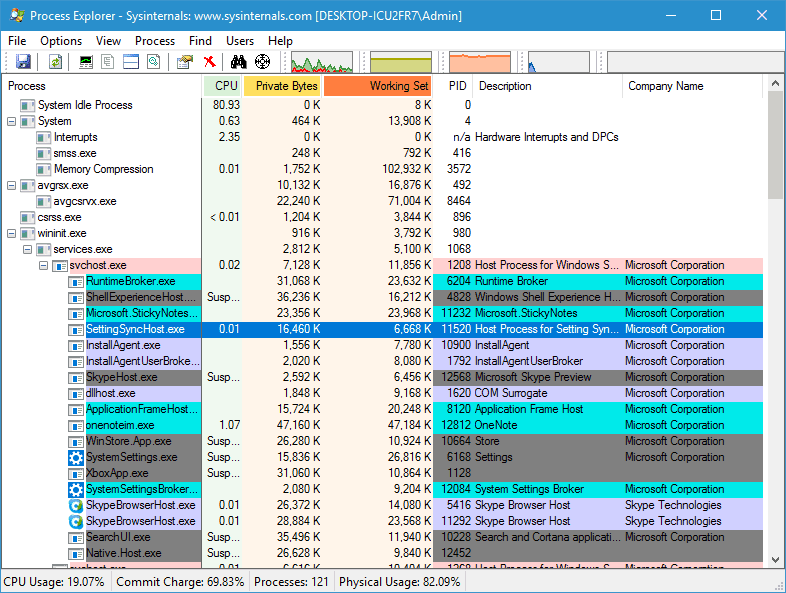

Step 13: - Send the export file to Squish technical support, if requested.Ĭopyright © 2022 The Qt Company Ltd. (If no entries are shown, clear the filters via Ctrl+L, Reset.) and browse the events and the process tree to ensure that it contains the expected entries.

Load the export file into Process Explorer via File > Open. By searching for Resource Monitor or resmon.exe in the start menu, or As a button on the Performance tab in your Task Manager Go to the CPU tab Use the search field in the Associated Handles section See blue arrow in screen shot below When youve found the handle, you can identify the process by looking at the Image and/or PID column. Step 12: - Verifying the exported information Step 11: Export the collected information Step 10: Add desired process and its sub-processes to filter Step 9: Locate desired application/process Launch the desired application and perform the steps that result in the suspected sub-processes to be started. In the dialog shown after first start or opened via Ctrl+L add a filter for "Operation is Process Create" (choose " Reset" to clear/restore the default filters): Step 1: Start Process Monitor (procmon.exe) Process Monitor requires Administrator rights/elevation, so starting it may result in the Windows UAC (User Account Control) dialog to ask whether to start this applicaiton. Sometimes it is required to know exactly which process starts which other processes. In Windows, this utility is the Task Manager. Analyzing (sub-)processes started by other processes Native process monitoring utilities All operating systems include a utility that shows current processes.


 0 kommentar(er)
0 kommentar(er)
